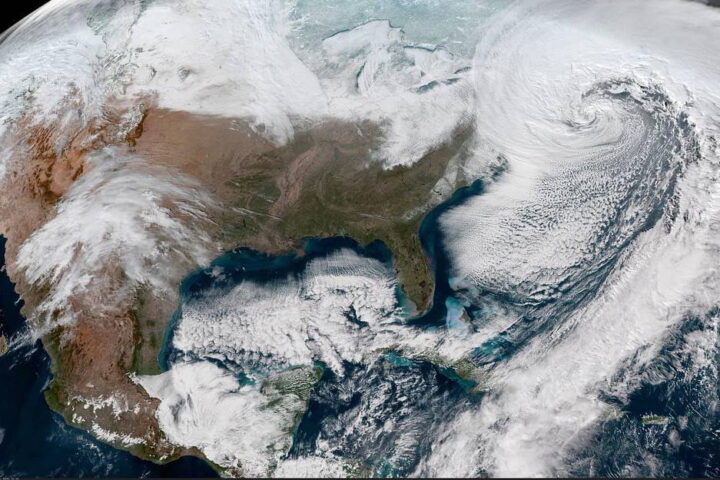I Nor'easter sono periodi intensi di neve e vento forte che possono durare giorni. Sebbene il termine sia più comunemente associato alle tempeste costiere che passano vicino alle principali città del Nord-Est degli Stati Uniti, il termine è usato anche altrove, come in Europa.
Un nor'easter è una tempesta con intensi venti da nord-est. Il termine "nor'easter" deriva dai venti che accompagnano queste tempeste nel loro momento peggiore, anche se alcuni sostengono che si tratti di uno strumento letterario degli scrittori di giornali del XIX secolo.. Nel "quadrante" nord-occidentale di un sistema di bassa pressione, i venti soffiano da nord-est. Anche il tempo più intenso si trova in questo quadrante nord-occidentale.
Nor’easters are most common in the fall and winter, although they can happen at any time of year. Depending on their severity, the Servizio meteorologico nazionale may issue a Avviso di tempesta invernale o Avviso di bufera di neve per coloro che si trovano sul suo cammino.
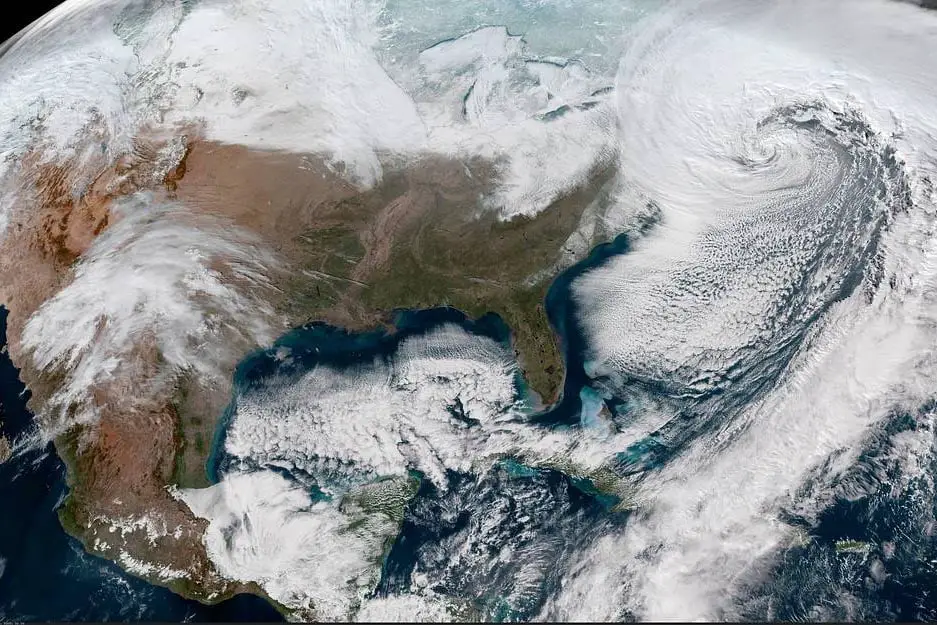
Che cos'è il Nord-Est?
I Nor'easter hanno origine da un sistema di bassa pressione in rapido rafforzamento che si sposta verso nord o nord-est lungo la costa orientale del Nord America durante l'autunno o l'inverno. Durante il loro viaggio rimangono al largo, si spostano lungo la costa o nell'entroterra.
A volte, i nor'easter si sviluppano da cicloni tropicali che perdono le loro caratteristiche tropicali: Uragano Sandy si è trasformato in un sistema di bassa pressione extratropicale poco prima di colpire il New Jersey con venti da uragano. Nell'entroterra della PA occidentale e della Valle dell'Ohio è caduta la neve.
La maggior parte delle tempeste di tramontana, tuttavia, si verifica in inverno. Per questo motivo, temperature rigide, venti forti e neve abbondante sono i rischi meteorologici più comuni che chi si trova sulla traiettoria di un'alluvione deve affrontare.
Il percorso gioca un ruolo importante nel determinare chi vede la neve durante le tempeste di neve invernali. In generale, il sistema di bassa pressione si muove a circa 100 miglia a est o a ovest della costa orientale degli Stati Uniti.
Per ottenere effetti significativi negli Stati Uniti nordorientali e negli Stati dell'Atlantico centrale, la rotta nordorientale al largo che passa vicino alla latitudine 40N e alla longitudine 70W è la migliore, o "benchmark", come la chiamano i meteorologi. In questo modo il nor'easter si mantiene sopra la Corrente del Golfo, una corrente di acqua calda che corre essenzialmente parallela alla costa orientale degli Stati Uniti.
Se passa a ovest, in genere nelle grandi città come Washington, D.C., Philadelphia, New York e Boston si verifica più pioggia che neve. Se passa troppo a est, la neve pesante (se presente) è limitata alle zone costiere.
Queste tempeste tendono ad avere venti potenti che possono raggiungere le 70 miglia orarie (110 km/h), creando bufera di neve condizioni nelle aree in cui sta cadendo la neve e talvolta gravi danni, con la caduta di linee elettriche. Inoltre, causano inondazioni costiere e mari molto mossi, nonché una grave erosione delle spiagge. Piogge intense, temporalie anche focolai di tornado possono verificarsi nel settore caldo della tempesta (a sud-est).
Dove si formano le tempeste di Nor'easter e come si formano
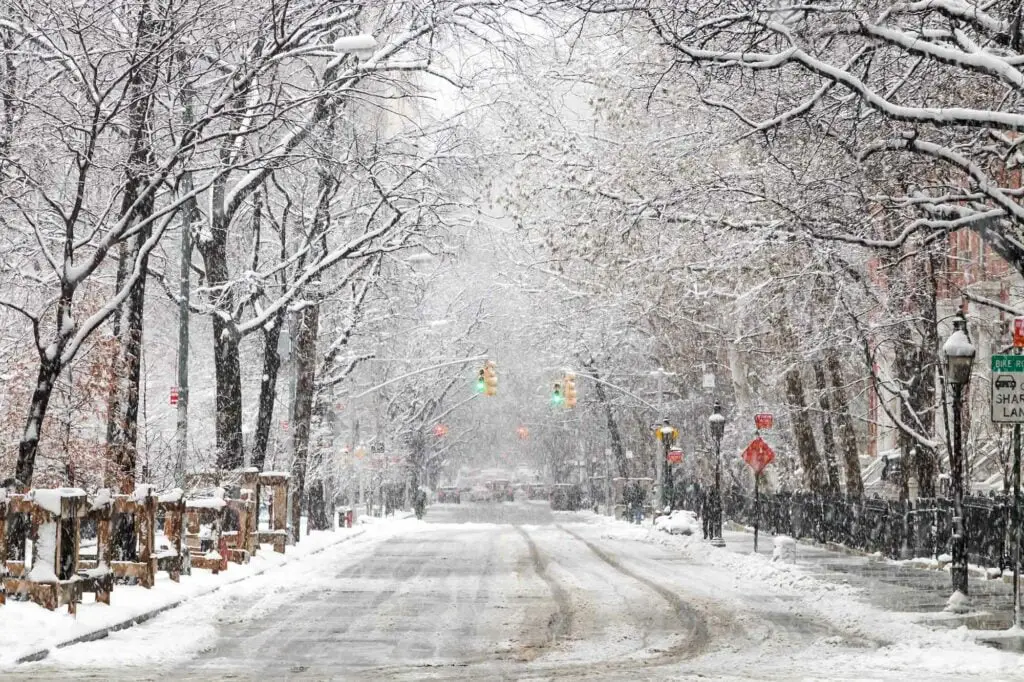
I Nor'easter tendono a formarsi vicino alla costa orientale degli Stati Uniti e verso sud. Si verificano anche in Europa, ma non con la stessa frequenza.
È più probabile che si verifichino tra settembre e aprile: l'alta stagione va da gennaio a marzo su entrambe le sponde dell'oceano. In questa zona, aria fredda da Canada si scontra con le calde acque dell’Oceano Atlantico, creando un ambiente perfetto per la formazione di queste tempeste.
Il primo passo è lo scontro tra l'aria fredda proveniente dal Canada e le acque calde dell'Atlantico, che crea una bassa pressione vicino alla superficie dell'oceano. L'aria calda e umida ad alta quota si sposta poi all'interno di questo sistema di bassa pressione, facendolo rafforzare rapidamente con l'ingresso di altra umidità nell'atmosfera. Questo provoca la "ciclogenesi", lo sviluppo di un sistema di bassa pressione con un flusso antiorario intorno al suo centro.
Notevoli tempeste di Nor'easter
La "Tempesta del secolo" del 1993 è stata una delle più letali e distruttive tempeste del Nord America. Uccise quasi 300 persone in tutto il Nord America, fece cadere fino a un metro di neve in alcuni luoghi e causò $12 miliardi di danni. Le città hanno stabilito il record di nevicate per una singola tempesta fino alla Georgia, mentre la Florida è stata colpita da forti temporali e tornado. tornado ha sconvolto la Florida.
Il Blizzard Il Blizzard del 1996 è stato un altro distruttivo nord-est che ha colpito la costa orientale a gennaio. La neve cadde abbondante, ferì oltre 100 persone e causò circa $500 milioni di danni.
La tempesta più importante è la tempesta invernale Jonas (2016-2017). Questa enorme tempesta ha portato condizioni di blizzard negli Stati Uniti nordorientali e nel Canada sudorientale. La tempesta invernale Jonas ha ucciso 45 persone in sette Stati, ha fatto cadere fino a un metro di neve in alcuni luoghi e ha causato danni per quasi $500 milioni.
Più indietro nel tempo, il Blizzard del 1888 è probabilmente uno dei più famosi nor'easter. La tempesta paralizzò la costa orientale dalla Baia di Chesapeake verso nord fino all'Atlantico canadese, con ben 58 pollici (quasi sei piedi) di neve caduta in alcune zone del New Jersey, New York, Massachusetts, Rhode Island e Connecticut.
Suggerimenti per la sicurezza in caso di maltempo
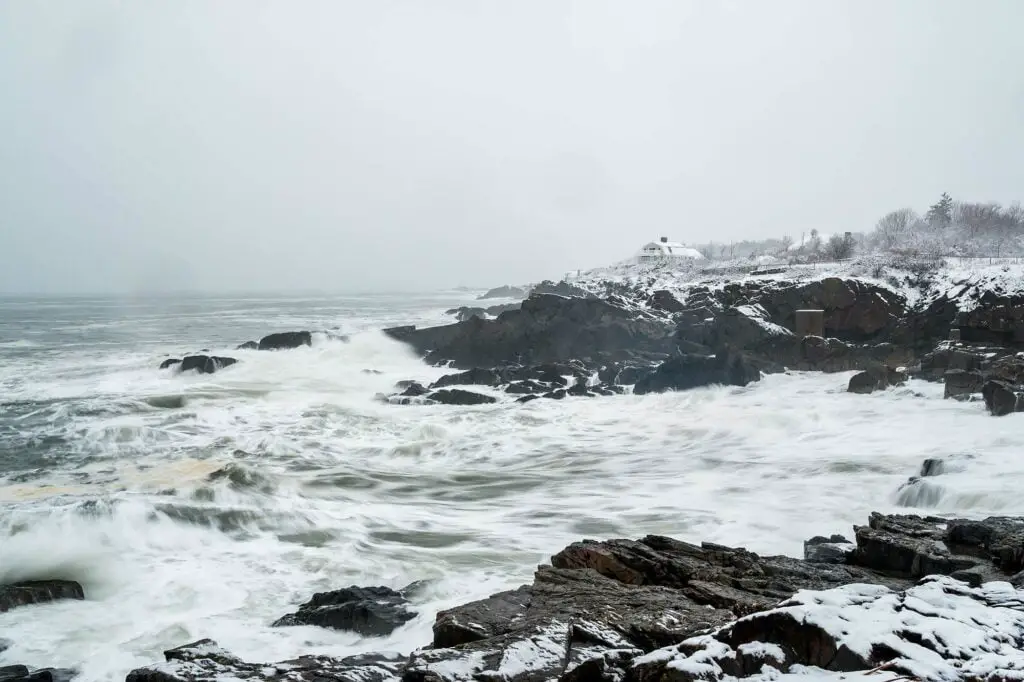
Sia che stiate uscendo per sfidare le intemperie o che siate bloccati a casa, è essenziale sapere come rimanere al sicuro durante le tempeste di neve. Ecco alcuni consigli per stare al caldo ed evitare situazioni potenzialmente pericolose.
- Se avete un'auto, tenete il serbatoio pieno: in questo modo, se le strade si guastano, potrete comunque raggiungere il posto di lavoro.
- Se non è necessario uscire, rimanete in casa: stare al caldo è il modo migliore per evitare l'ipotermia e l'assideramento.
- Preparate un kit di emergenza in caso di interruzione di corrente o di problemi con l'auto: dovrebbe includere generi alimentari non deperibili, bottiglie d'acqua, una torcia con batterie di riserva, materiale di pronto soccorso e altre necessità.
- Se dovete uscire, indossate più strati di vestiti: è meglio essere troppo infagottati che poco vestiti quando il vento è sotto zero.
- Se possibile, evitate di camminare sul ghiaccio: non solo potreste scivolare e cadere, ma gli stivali invernali sono progettati più per la moda che per la funzionalità in condizioni di ghiaccio.
- Evitate di guidare su strade innevate quando possibile: dovreste guidare solo se necessario, ed è più sicuro rimanere a casa piuttosto che rischiare di scontrarsi con un'altra auto o di scivolare fuori strada.
- Se manca la corrente durante una tempesta invernale, spegnete tutti gli elettrodomestici che potrebbero causare un sovraccarico di corrente quando tornano in funzione.
Si consiglia di acquistare una radio meteorologica per essere sempre al corrente degli ultimi aggiornamenti in caso di minaccia di tempesta. Il Nord-Est degli Stati Uniti non è l'unica area colpita da potenti tempeste invernali: tempeste invernali e bufere di neve sono comuni praticamente in ogni parte degli Stati Uniti in cui nevica.
